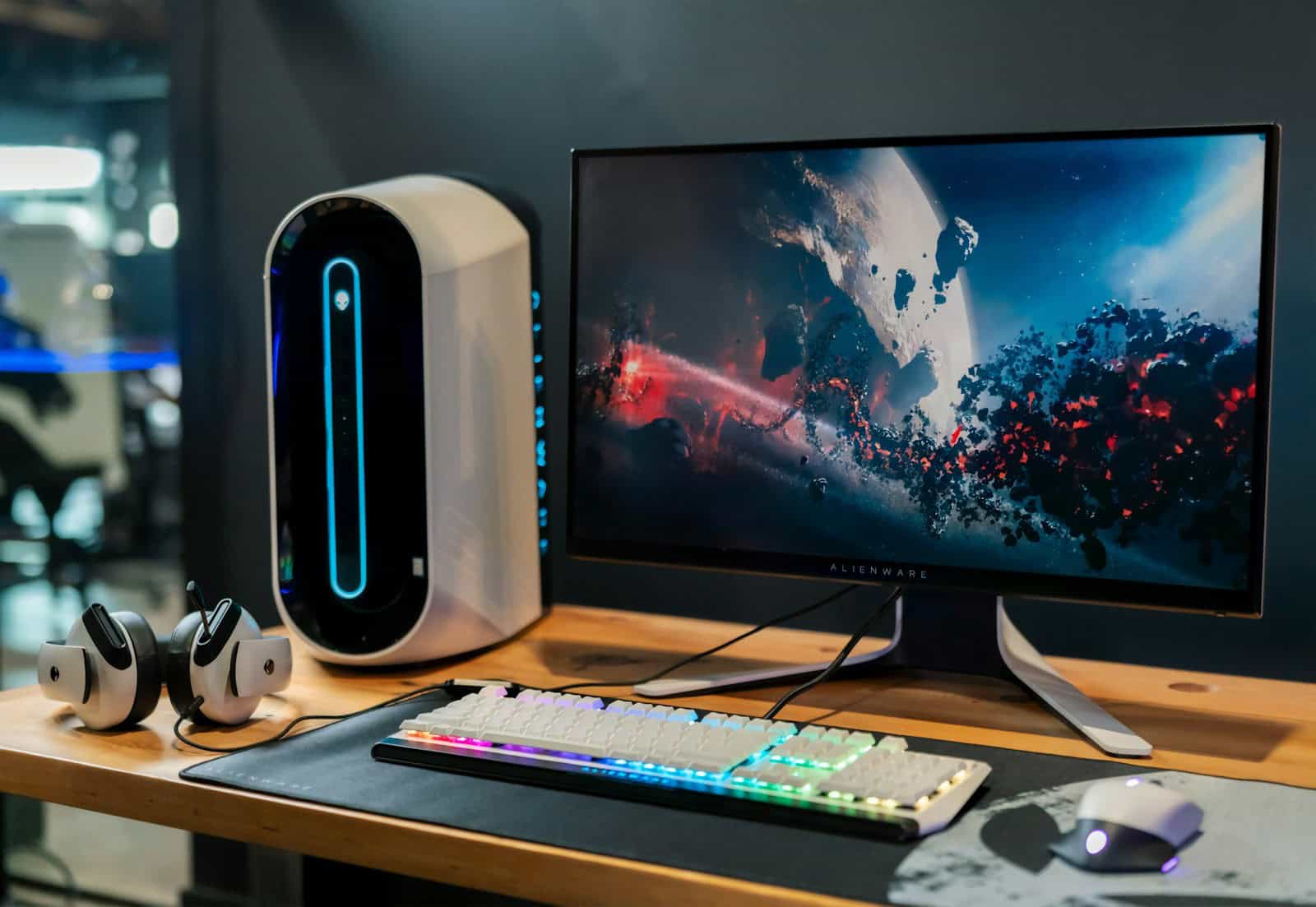When it comes to adjusting your display’s resolution, you might encounter two options: GPU scaling and display scaling. Both methods aim to resize the image to fit your monitor, but they work in different ways. Let’s break down the key differences and help you decide which scaling method is right for you. Both GPU scaling and display scaling have their merits. The ideal choice depends on your specific hardware, use case, and personal preferences. Scaling is a crucial aspect of modern computing, especially for gaming and graphic-intensive applications. But when it comes to deciding whether to perform this scaling on the GPU (Graphics Processing Unit) or the display itself, there are several factors to consider. Let’s break down the key elements of GPU scaling and display scaling, their advantages and disadvantages, and how to make the right choice based on your specific needs.
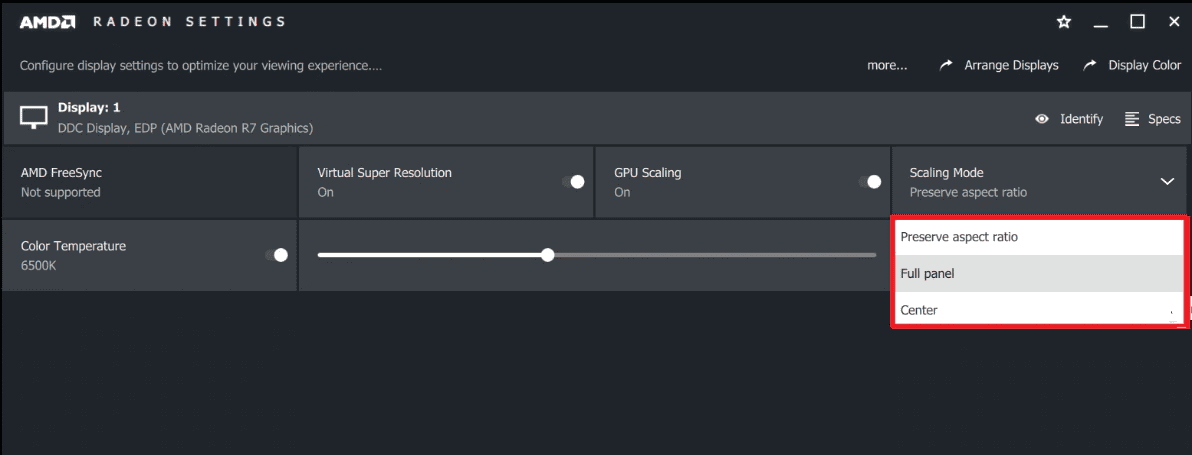
Choosing the Right Scaling Method: GPU vs. Display
Understanding GPU Scaling and Display Scaling
GPU scaling utilizes your graphics card’s processing power to adjust the resolution of the image. It offers more flexibility in terms of scaling algorithms and settings. Some GPUs even have specialized scaling technologies like NVIDIA’s DLDSR (Deep Learning Dynamic Super Resolution) or AMD’s Radeon Super Resolution (RSR). However, GPU scaling can increase GPU load and potentially impact performance, especially in demanding games or applications.
Display scaling relies on your monitor’s internal scaler to adjust the image resolution. It generally has less impact on performance compared to GPU scaling, as it doesn’t burden your graphics card. However, the quality of display scaling can vary depending on the monitor’s scaler. Some monitors may introduce artifacts or blurring when scaling, while others may have excellent scaling capabilities.
- GPU Scaling: This method uses your graphics card’s processing power to resize the image before sending it to your monitor. It offers flexibility and often provides better image quality, especially with older or less capable monitors.
- Display Scaling: This method relies on your monitor’s built-in scaler to resize the image. It can reduce input lag and may look better on high-end displays with advanced scalers.
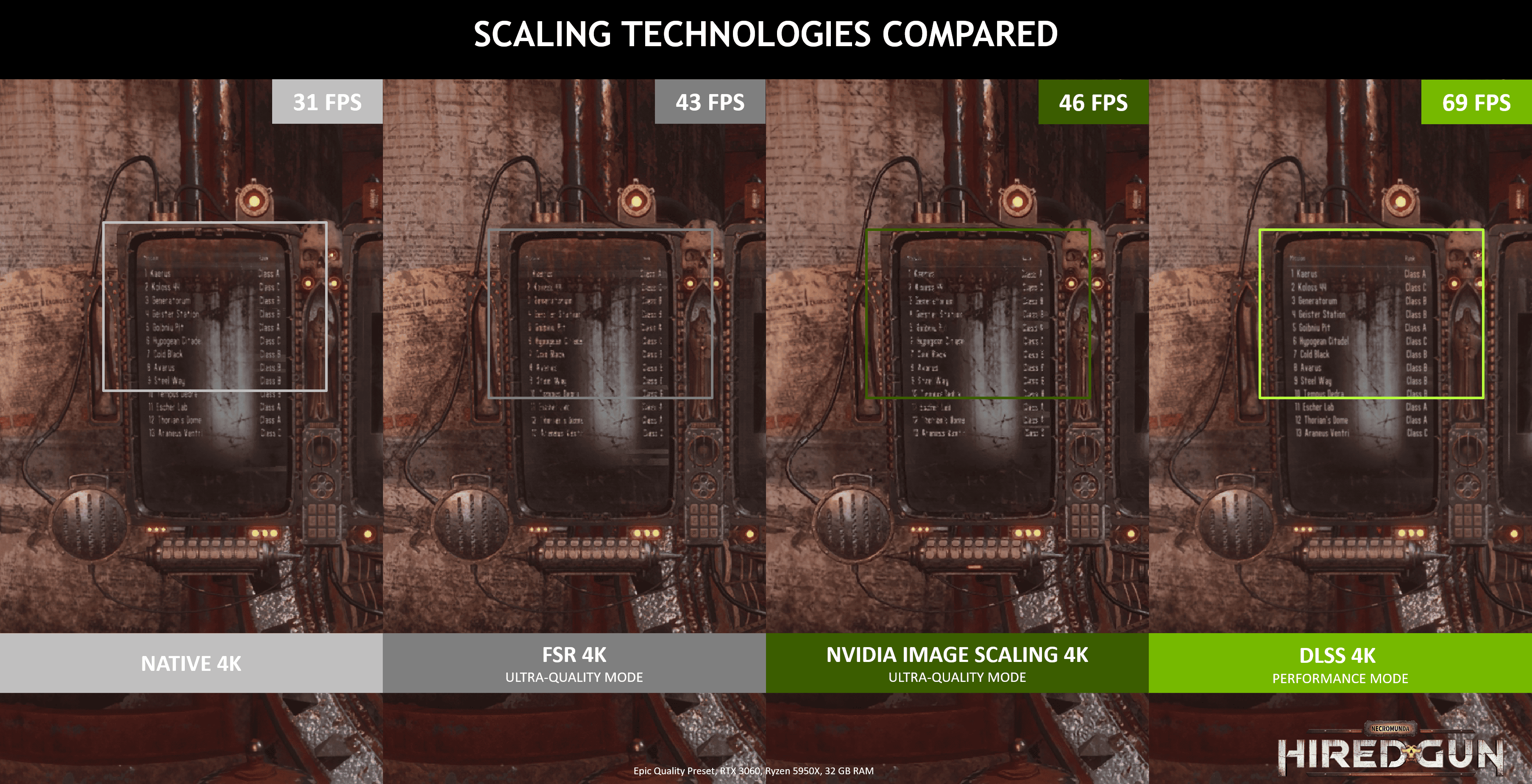
Key Factors to Consider
| Factor | GPU Scaling | Display Scaling |
|---|---|---|
| Image Quality | Generally better, especially with older monitors | Can be superior on high-end displays with good scalers |
| Input Lag | Can introduce slight lag | Potentially lower input lag |
| Flexibility | More control over scaling options and aspect ratios | Limited by monitor’s capabilities |
| GPU Usage | Utilizes some GPU resources | No additional GPU usage |
Making the Decision
The “better” scaling method depends on your individual setup and priorities. Consider the following:
- Monitor Quality: If you have a high-end monitor with a good scaler, display scaling might provide the best image quality and responsiveness.
- GPU Power: If your GPU is struggling, display scaling might be preferable as it doesn’t add any extra load.
- Gaming vs. Other Tasks: For competitive gaming, minimizing input lag is crucial, so display scaling could be advantageous. For general use or less demanding games, GPU scaling might be fine.
- Personal Preference: Ultimately, the best way to decide is to experiment with both methods and see which one looks and feels better to you.
Additional Points about GPU Scaling vs. Display Scaling
The Importance of Monitor Quality and Features
- High-end monitors: These often come equipped with advanced scalers capable of delivering excellent image quality, even when scaling is needed. Display scaling might be preferable in these cases as it takes advantage of the monitor’s built-in capabilities.
- Budget or older monitors: Their scalers may not be as sophisticated, potentially leading to less satisfying image quality when display scaling is used. GPU scaling could provide a better visual experience in this scenario.

Competitive Gaming and Input Lag
- GPU Scaling: While typically offering more control and potential for better image quality, GPU scaling can introduce a small amount of input lag.
- Display Scaling: Generally favored in competitive gaming where split-second reactions matter, display scaling is likely to have lower input lag, providing a more responsive experience.
Modern GPUs and Upscaling Technologies
- Avoid Scaling When Possible: Advancements in GPU technology and the emergence of upscaling solutions like DLSS, FSR, and XeSS have reduced the need for scaling in many cases. These technologies allow for improved performance at higher resolutions, often with better image quality than traditional scaling methods.
Specific Use Cases for Scaling
- Competitive Gaming: Prioritize low input lag by opting for display scaling or using game-specific features like render resolution scaling.
- Retro Gaming with Integer Scaling: Achieve the classic pixelated look of older games by utilizing GPU scaling with integer scaling enabled.
- High-Refresh Rate Monitors: Be aware that some monitors might force GPU scaling at high refresh rates, even if display scaling is selected.
Choosing the Right Scaling Method
Ultimately, the best scaling method depends on various factors, including your monitor, GPU, game, and personal preferences. Experimenting with both GPU and display scaling is recommended to determine which provides the best visual and performance balance for your specific setup.
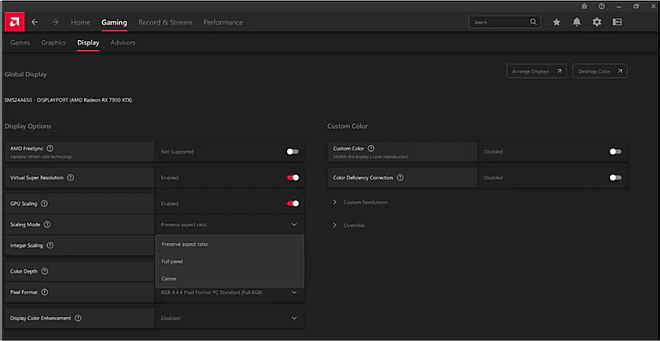
Remember:
- Monitor quality: A high-end monitor with a good scaler might make display scaling the better choice.
- GPU power: If your GPU is struggling, display scaling could offer a performance advantage.
- Competitive gaming: Prioritize low input lag with display scaling.
- Retro gaming: Use GPU scaling with integer scaling for that classic pixelated look.
- Experiment: Try both methods to see which suits you best.
Choosing the Right Method for You
The best approach often involves a combination of both methods. For example, you might use GPU scaling for specific applications where image quality is paramount, and display scaling for less demanding tasks to save GPU resources.
Here’s a table summarizing the pros and cons of GPU and display scaling:
| Feature | GPU Scaling | Display Scaling |
|---|---|---|
| Performance | Can impact performance, especially in demanding tasks | Minimal impact on performance |
| Image Quality | More flexibility in scaling algorithms and settings | Quality depends on the monitor’s scaler |
| Flexibility | Can be used for various resolutions and aspect ratios | Limited to the monitor’s supported resolutions |
| Ease of Use | Requires configuration within graphics driver settings | Usually automatic or configured within monitor settings |
Ultimately, the choice between GPU and display scaling comes down to your individual needs and preferences. Experiment with both methods to see which one works best for you. You can even try combining them for optimal results in different scenarios.
GPU Scaling: Enhancing Older Games for Modern Displays
GPU scaling primarily focuses on adapting the aspect ratio of content, especially older games, to fit modern monitors. This is particularly useful for games developed for screens with traditional aspect ratios like 4:3 or 5:4, allowing them to be playable on contemporary displays with higher aspect ratios. In essence, GPU scaling enables users to enjoy a seamless gaming experience, even with older titles, on the latest monitor technology.
Advantages of GPU Scaling
- Compatibility with Older Games: GPU scaling is essential for playing older games on modern monitors, especially those that do not natively support the newer widescreen formats.
- Improved Gameplay Experience: By adjusting the aspect ratio, GPU scaling ensures that the game fills the screen without distorting the image, thereby improving the overall visual experience.
Disadvantages of GPU Scaling
- Potential Performance Impact: Performing scaling on the GPU can sometimes impact the overall performance, especially if the GPU is already under heavy load.
- Limited by Graphics Card Capabilities: The effectiveness of GPU scaling also depends on the capabilities of your graphics card.
Display Scaling: Optimizing User Interface and Image Clarity
On the other hand, display scaling is a feature often utilized in high-resolution displays. It enhances the visibility and clarity of user interface elements, making them more readable and accessible. This form of scaling is essential for users who work with high-resolution displays, ensuring that all elements are proportionally sized for the best user experience.
Advantages of Display Scaling
- Enhanced Visibility of UI Elements: It makes interface elements more legible, especially on high-resolution screens where these elements might otherwise appear too small.
- Better Image Clarity: Display scaling can improve the overall sharpness and clarity of images on the screen.
Disadvantages of Display Scaling
- Dependent on Monitor Capabilities: The effectiveness of display scaling is contingent on the monitor’s features and capabilities.
- May Not Support All Applications: Not all applications may respond well to display scaling, potentially leading to inconsistent user experiences across different programs.
How to Enable GPU and Display Scaling
To enable GPU scaling, users can access the settings through their graphics control panel. For Nvidia cards, this is done through the Nvidia Control Panel, and for AMD, through AMD Radeon Settings or the AMD Catalyst Control Center. The steps typically involve finding the scaling settings and turning on GPU scaling. For display scaling, the process usually involves accessing the display settings on your computer and adjusting the scaling options to fit your needs.
How to Enable GPU and Display Scaling
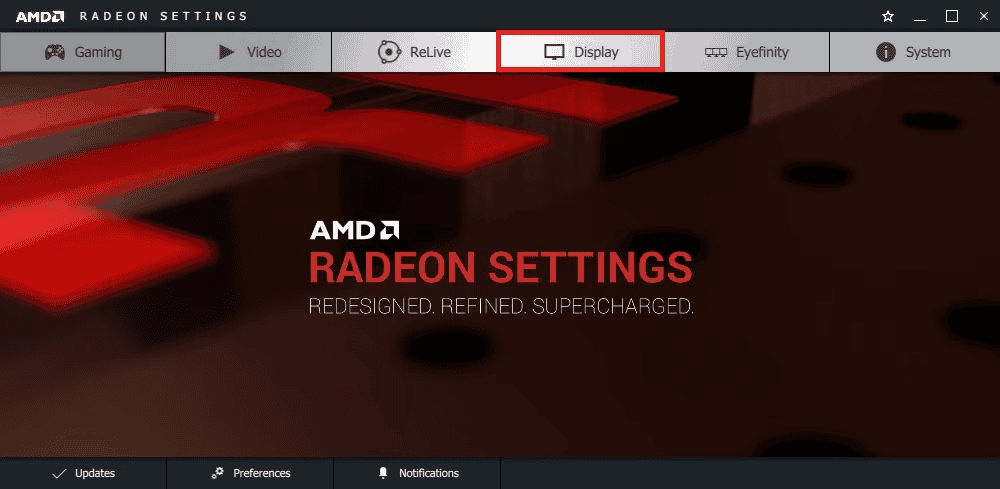
The process for enabling GPU scaling varies depending on your graphics card manufacturer. Generally, you can find the option in your GPU’s control panel software. Look for settings related to “scaling” or “image resizing” and enable the GPU scaling option. You might also have the choice to select different scaling modes or aspect ratios.
Enabling GPU Scaling
For NVIDIA GPUs:
- Open NVIDIA Control Panel: Right-click on your desktop and select “NVIDIA Control Panel.”
- Navigate to Display Settings: In the left pane, navigate to “Display” -> “Adjust desktop size and position.”
- Select Scaling Mode: Under “Perform scaling on,” select “GPU.”
- Choose Scaling Mode: Choose your preferred scaling mode (e.g., Aspect ratio, Full-screen).
- Override Game Settings (Optional): If you want to force GPU scaling even when games have their own scaling settings, check the box next to “Override the scaling mode set by games and programs.”
- Apply Changes: Click “Apply” to save your settings.
For AMD GPUs:
- Open AMD Radeon Settings: Right-click on your desktop and select “AMD Radeon Settings.”
- Navigate to Display Settings: Go to the “Display” tab.
- Enable GPU Scaling: Toggle the “GPU Scaling” option to “On.” The screen might briefly go black while the setting is applied.
- Choose Scaling Mode: Select your desired scaling mode (e.g., Preserve aspect ratio, Full panel).
- Apply Changes: Your changes should be saved automatically.
Enabling Display Scaling
- Access Monitor Settings: Use the buttons or joystick on your monitor to access its on-screen display (OSD) menu.
- Navigate to Display Settings: Find the section related to display or picture settings.
- Enable Scaling: Look for an option like “Aspect Ratio,” “Scaling Mode,” or “Image Size.”
- Choose Scaling Mode: Select the scaling mode that best suits your needs (e.g., Full Screen, Aspect Ratio, 1:1).
- Apply Changes: Save your settings and exit the OSD menu.
Note: The exact steps and terminology might vary depending on your monitor manufacturer and model. Consult your monitor’s user manual for specific instructions.
Important: Remember that you can usually avoid scaling altogether by running games and applications at your monitor’s native resolution. If scaling is necessary, experiment with both GPU and display scaling to determine which provides the best results for your specific setup and preferences.
FAQs
What is GPU scaling?
GPU scaling is a technique where your graphics card (GPU) resizes the image rendered by your computer to match your monitor’s resolution. This is particularly useful when running games or applications at a resolution lower than your monitor’s native resolution, as it helps to fill the entire screen and avoid black bars.
When should I use GPU scaling?
You should consider using GPU scaling when:
- You have an older or lower-quality monitor: GPU scaling can often produce a better image quality than your monitor’s built-in scaler, especially with older or budget displays.
- You want more control over scaling options: GPU scaling typically offers more flexibility in terms of aspect ratios and scaling filters compared to display scaling.
- You’re running games at lower resolutions: GPU scaling can help upscale the image to your monitor’s native resolution, improving visuals and filling the entire screen.
What are the advantages of GPU scaling?
Some advantages of GPU scaling include:
- Improved image quality: GPU scaling can often produce sharper and clearer images compared to display scaling, especially on lower-quality monitors.
- Greater flexibility: You have more control over aspect ratios and scaling filters with GPU scaling.
- Enhanced compatibility: GPU scaling works with a wider range of games and applications, regardless of their native resolution.
Are there any downsides to GPU scaling?
Yes, there are a few potential downsides to GPU scaling:
- Slight input lag: GPU scaling can introduce a small amount of input lag, which might be noticeable in fast-paced games.
- Increased GPU usage: Scaling the image requires additional GPU resources, which can slightly impact performance in demanding games.
- Potential for visual artifacts: Depending on the scaling algorithm and your monitor, GPU scaling might introduce minor visual artifacts like blurring or shimmering.
What is display scaling?
Display scaling is a feature built into your monitor that allows it to resize the image to match its native resolution. This is typically done by the monitor’s internal scaler, which processes the image before displaying it on the screen.
When is display scaling most beneficial?
Display scaling is often the preferred choice when:
- You have a high-quality monitor with a good scaler: Modern high-end displays often have advanced scalers that can produce excellent image quality without introducing significant lag.
- You want to minimize input lag: Display scaling generally results in lower input lag compared to GPU scaling, which is crucial for competitive gaming.
- You’re not running games at lower resolutions: If you’re already running games at your monitor’s native resolution, display scaling won’t provide any additional benefits.
Can display scaling affect all types of applications?
Yes, display scaling can generally affect all types of applications, including games, videos, and productivity software. However, the effectiveness and visual quality of the scaling might vary depending on the specific application and your monitor’s scaler.

